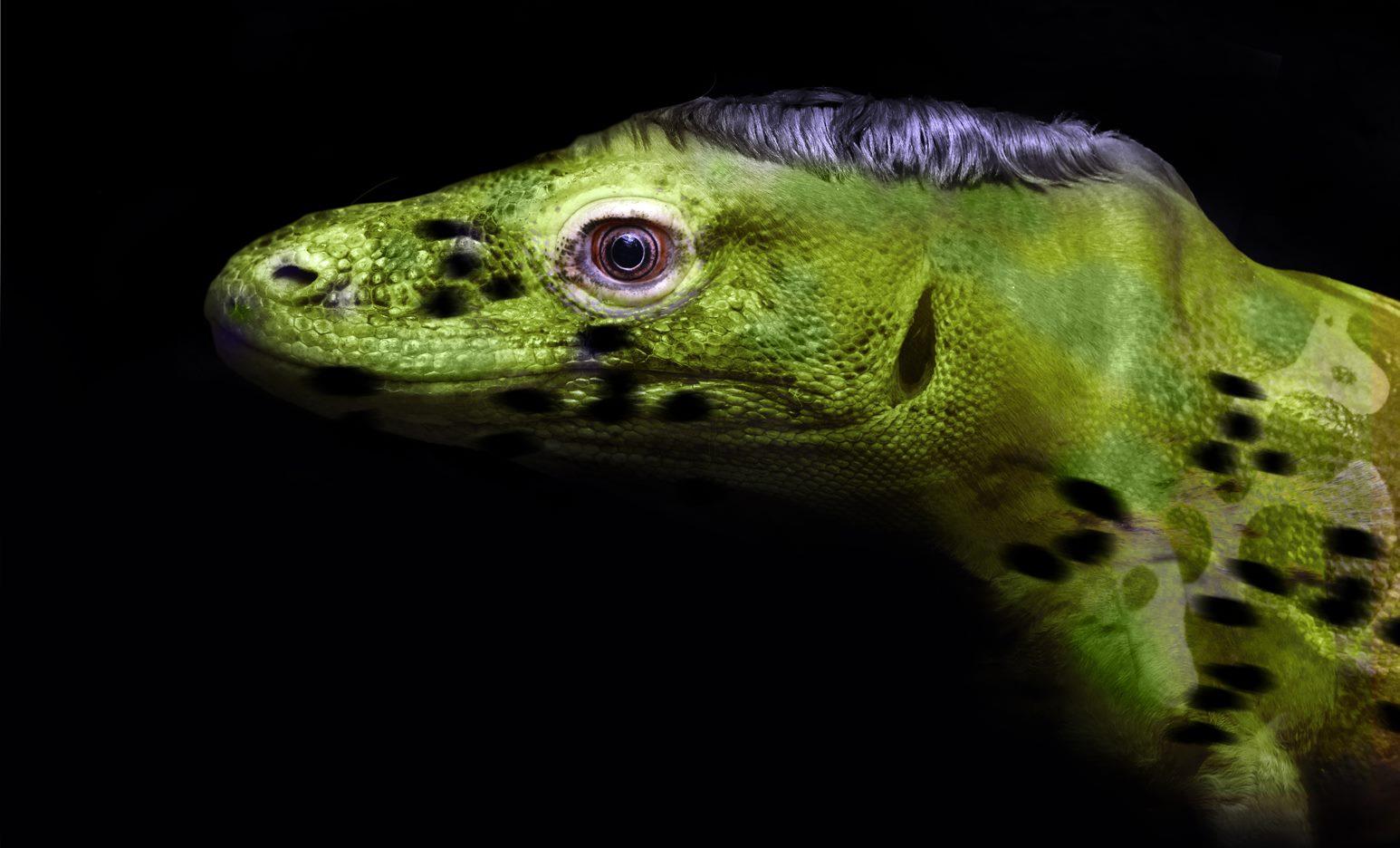Reading Group #1: Panos Sklavenitis-Eva Giannakopoulou
4 June 2020 at 18.00-21.00
online
On Thursday 4 June, we will focus on the projects Untitled (Don Quixote) by Panos Sklavenitis and Proposal for a Female Workers’ Monument (and a tribute to the female Albanian proletariat) by Eva Giannakopoulou. We will read a draft of an adaptation, based on Don Quixote by Cervantes. In the original version of Cervantes' novel, the different positions of the heroes are heard. Through these positions, Panza's donkey is also heard, or rather the donkey's fantasy of an alter ego, a hybrid that resembles a kind of scientific genetic experiment, of which Sklavenitis paints a digital portrait. This creature acts as the catalyst in Sklavenitis’ adaptation, due to its sweeping force on the idea of “alternative” standards. These alternatives are always located within the patriarchal dialectic, while the donkey's “experience” always presupposes a post-human transcendence. The scandalous provocation of the different positions that Cervantes calls on for the heroes of his novel is for many readers the core of the revolutionary nature of his work. Through this technique, and as readers are enjoying themselves reading the novel, they are also shifting through and occupying different positions, as Cervantes activates those perceived as “inactive readers”. Sklavenitis adopts this scandalous, seemingly naive provocation, activating guilty pleasures that derive from our own persistent humanitarian patriarchal positions and their internalisations. In the second part of our meeting, we will visit Donna Haraway’s 'Staying with the Trouble', a text on which Giannakopoulou meditated, during the imposed restrictions of quarantine, reconsidering her proposal for the monument, the historical and conceptual relevance of two women's* “narratives” and examining their multiple manifestations on a political, personal and artistic level. How do emotion and feeling relate to labour or radical political demands and how are these demands in dialogue with the feminist movement? How are the practices of various “femininities'' archived and disseminated? How are these materials transferred to relevant requests? What are the different types of monumentalism or representation that emerge in the process and how do they translate into visual work within the ‘chtuluscene’?
